Aster flower: growing from seeds in a summer cottage
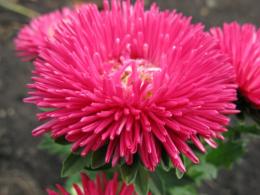
The history of the spread of many wonderful flowers is like a detective story. So, several centuries ago, China kept the secrets of its plants as state secrets. To obtain rare seeds, Europeans resorted to various tricks. Thus, back in the first half of the 18th century, the monk Nicolas Incarville from France, who received initial knowledge of botany and an assignment from the director of the Royal Garden of Versailles, went to preach in China.
While traveling around the country, he collected and secretly sent seeds of various plants to his homeland. Thus, the seeds of beautiful asters came to Europe. After this, the family of French breeders Vilmorin Leveque began selection asters. Soon, flower growers received many beautiful plants.
The flowers of some asters looked like chamomile, the flowers of others looked like chrysanthemums. Naturally, such plants immediately became popular. Their popularity continues today. Let's try to find out how the aster flower behaves in the garden and how to grow it from seeds.
Content:
- Where can I get aster seeds?
- How to grow asters from seeds
- How to sow asters in open ground
- Proper care for aster
Where can I get aster seeds?
Modern garden asters number more than 4,000 varieties. Flower growers divided them into 3 classes, 10 types and 40 groups. Luxurious annual asters bloom until the coldest weather, among them there are plants with inflorescences:
- peony-shaped
- pinkish
- chrysanthemum-shaped
The color of the inflorescences starts from snow-white and pink, ending with dark blue and purple flowers. Aster lovers always face a difficult choice. Here you can collect seeds from an aster bush you like, in order to continue the life of this particular plant, or you can buy new varieties.
How to collect aster seeds yourself
When collecting seeds from asters, you need to remember that its inflorescence-baskets consist of three types of flowers:
- median tubular
- transitional
- marginal reeds
Transitional and ligulate are female flowers. The middle flowers are bisexual. When the time comes for pollination, tubular flowers are pollinated by their own pollen, while reed and transitional flowers can be pollinated by both pollen from tubular flowers and pollen of other asters. This happens with the help of insects. The more terry the variety, the more difficult pollination is.
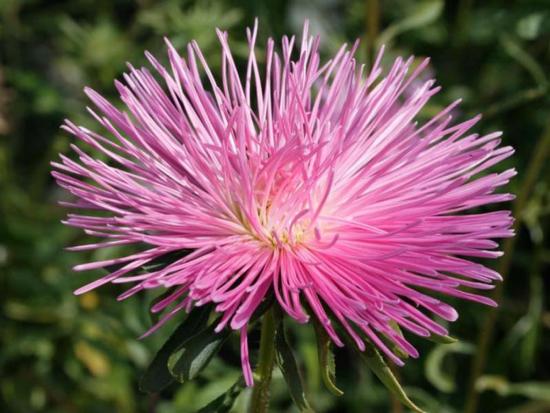
This type of pollination has its advantages. Having once purchased the seeds of these flowers, you can extend the life of both the variety you like and get plants that will differ from the original species. Very often, aster seeds do not have time to ripen for various reasons.
Therefore, you need to collect seed material from strong, completely healthy plants whose seeds are already ripe. Full ripening of asters' seeds can be expected one and a half to two months after the start of flowering. Completely dried tongue flowers can serve as a signal for collection. The collection is carried out in clear weather without precipitation. Sometimes it happens that the seeds do not have time to ripen before the onset of frost.
In this case, the bush you like is carefully removed from the ground, transplanted into a flower pot and ripen the seeds for 20 - 25 days at a temperature not lower than + 15.The collected seeds must be stored in a dry place, and in order for them to remain viable for 2-3 years, the storage temperature should not be higher than + 2 + 3 degrees. It is important to know that in order to preserve a double variety, you need to collect seeds from the densest flowers.
How to choose the right aster seeds in the store
When choosing aster seeds in a store, you need to pay attention to the collection date, which is indicated on the bag. After three years of storage, seed germination sharply decreases. You should not take seeds in paper bags if a year has passed since packaging. In order for your expectations from the variety to be met, it is better to make a purchase from a trusted manufacturer and seller of seeds. If you have received aster seeds, then all that remains is to plant them.
How to grow asters from seeds
Aster is grown:
- sowing for seedlings
- in a seedless way
Seedling method
Time sowing asters for seedlings - this is the beginning of April. To do this, you will need containers for sowing seeds and soil. For asters, a universal mixture is suitable, which can be bought in a store, or in the fall you need to prepare garden soil and mix it with an equal amount of peat, you can add a little sand and ash. For every 5 kg of mixture, 0.5 kg of sand and half a glass of ash is enough. The entire mixture must be steamed well. Fill the seedling boxes with soil, and moisten it well the day before sowing.
Aster seeds do not need special preparation; it is enough to add a small amount of foundationazole powder to them. This will protect the seedlings from fungus. The seeds are evenly distributed over the surface and covered with a layer of sand no more than 0.5 cm.
The top is covered with glass. In a week, shoots should appear. Caring for seedlings is normal; it is important to avoid overwatering.It is advisable to maintain the temperature in the room with seedlings at + 18 degrees during the day, and at night not lower than + 15 degrees. Aster can be planted in separate pots at the stage of the third true leaf. At the stage of 4 - 5 leaves, seedlings can be hardened off.
To do this, the daytime temperature is reduced to + 12, and the night temperature to +8 degrees. Planted in open ground in May. At this time, the desired seedling size is 7 cm. Taller seedlings are buried in the ground. When 10 days have passed after transplantation, the seedlings are fed. This can be done with any liquid fertilizer.
How to sow asters in open ground
Sowing aster seeds can be done in spring and autumn. A place for it is chosen with good sunlight and fertile light soil. Lime should be added to acidic soil in the fall at the rate of 0.2 - 0.3 kg per square meter. m. It is important not to plant immediately after asters or gladioli.
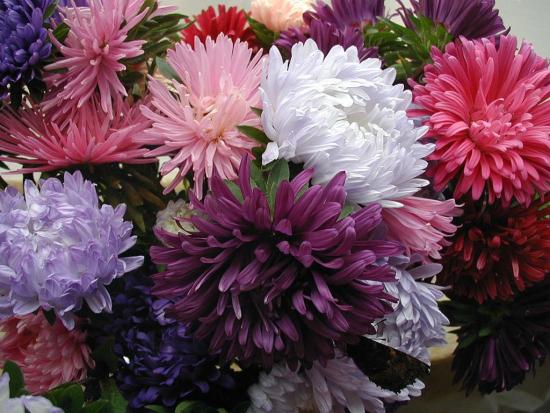
In spring, sowing is carried out immediately after the soil has thawed to the digging depth. In most regions, this time begins in the last ten days of April - early May. In autumn, sowing is done in October. It is important to know that asters sown before winter will not only bloom earlier, but will also produce more inflorescences.
The seeds are placed in the grooves and covered with soil. The more moisture in the ground in the spring, the faster the seedlings will appear. Caring for them after germination involves timely watering and removing weeds. If the seedlings are too dense, then at the stage of 2-3 true leaves, the aster seedlings are thinned out and planted in other places.
Proper care for aster
Aster very responsive to regular loosening of the soil. At this time, air access to the roots improves. You need to loosen the soil to a depth of 6 - 7 cm. This is done after each precipitation or watering.During the season, the aster needs to be fed at least three times. The first feeding is needed 10 days after planting in the ground or after thinning the plantings.
Any complex fertilizer diluted according to the instructions is suitable for this. The timing of the second feeding occurs at the stage of the appearance of the first buds, and the third time fertilizer is applied when the first flowers open. When planting asters in the garden, you need to know that they not only decorate the garden, but are also perfectly preserved when cut for up to 14 days.
Video about asters in the garden:

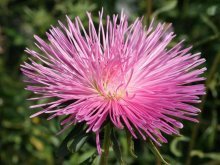

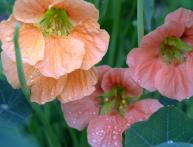
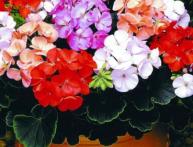
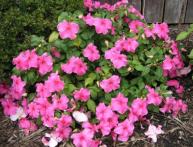
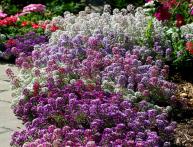
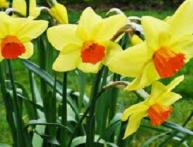


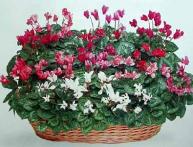
Comments
Aster is one of my favorite flowers since childhood. We always plant them. The seeds germinate well and, surprisingly, quickly. They don't cause much trouble. All this splendor looks very charming.